Women wearing niqab and headscarves take part in a demonstration in 2018, the first day of the implementation of the Danish face veil ban, in Copenhagen
Denmark’s centre-Left government plans to reduce the number of "non-Western" residents in housing areas across the country to 30 percent or less within ten years in the latest in a succession of tough proposals on immigration.
The Social Democrats’ proposed "Mixed neighbourhood" bill gives municipalities the right to set up "prevention areas" where they can refuse to rent to those who are not originally from Denmark, the EU or EEA or Switzerland.
“For far too many years, we have closed our eyes to the development that was underway, and only acted when the integration problems became too great," Kaare Dybvad Bek, the country’s interior minister, said in a statement explaining the move.
Municipalities and housing organisations, he said, had in the past failed to intervene in time as large public housing areas entered "a negative spiral". The bill also gives municipalities the right to deny rent to the unemployed or those with criminal records.
By denying non-European immigrants the right to public housing in some areas, the bill aims to engineer "a large-scale and targeted change in the current composition of residents in many of the country’s public housing areas."
To do this, it will also give municipalities the power to force private landlords with 20 or more apartments to rent to "non-Western" immigrants so that they can move to predominantly ethnic Danish areas.
The government also plans to stop using the term "ghetto" introduced by the previous government to refer to housing areas with a large proportion of immigrants, which the bill describes as "stigmatising", replacing it with the terms "transformation area" and "parallel society".
"The ghetto term is misleading," Mr Bek said. "I do not use it myself, and I think it overshadows the important work that needs to be done in public housing areas."
The label is used to refer to areas with more than 1,000 people of which more than half are of non-Western origin, and which meet at least two of a list of four criteria: that more than 40% are unemployed; that more than 60 percent of 39-50 year olds do not have an upper secondary education; that crime rates are three times than average; and that residents have an average income 55% lower than in the surrounding region.
Currently 15 Danish neighbourhoods currently are classed as "ghetto areas" and 25 others are deemed "at risk".
Within ‘ghetto’ areas, some crimes carry double the legal penalty, and parents are compelled to send their children to kindergarten from the age of 1, among other measures.
The ‘ghetto’ law has also led to controversial forced evictions from many of the areas, with some of the public housing areas then demolished.
Even the parties left of the Social Democrats broadly supported the new policy, with Halime Oguz, housing spokesperson for the Socialist Left party, telling the Altinget website that she hoped that breaking up "parallel societies" would free immigrant Danes from "social control".
It was an "excellent idea", she said, to empower municipalities to place immigrants in private rentals and called for new public housing areas to be built in "the areas where many rich people live today."
On the right, Alex Ahrendtsen, housing spokesperson for the populist Danish People’s Party complained about the decision to drop the ghetto term.
"In the past, they’re tried ‘socially challenged housing areas’," he said. "Now they’re trying with ‘parallel society’ and ‘transformation areas’. We in the Danish People’s Party will continue to call them ‘ghetto-areas’."











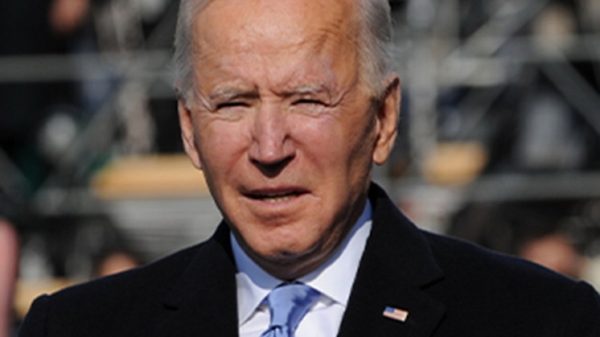





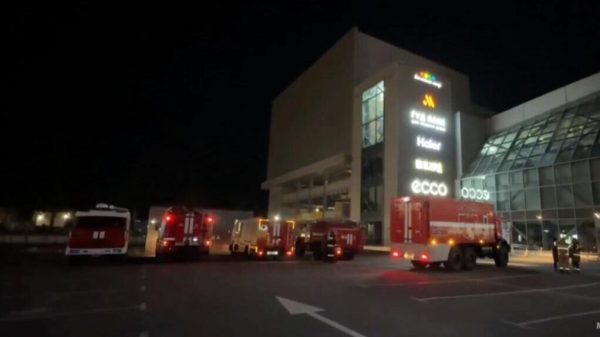
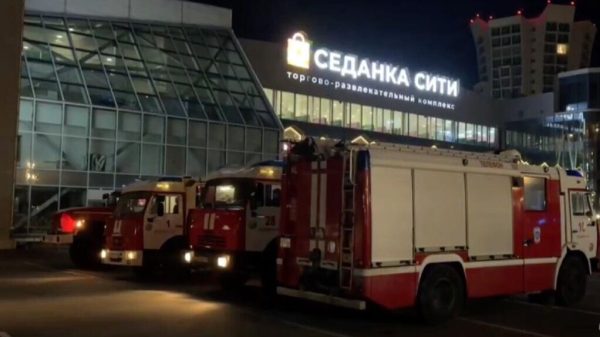
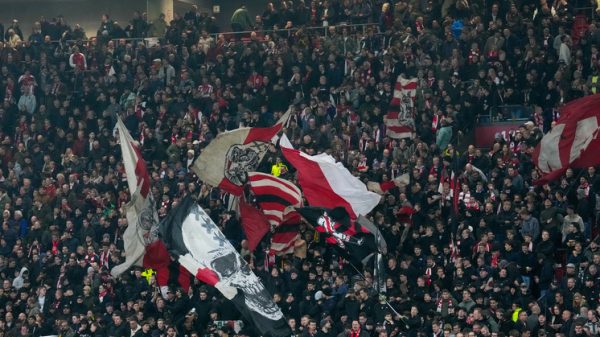
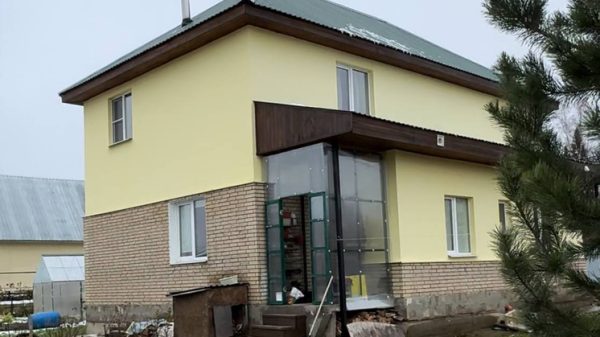

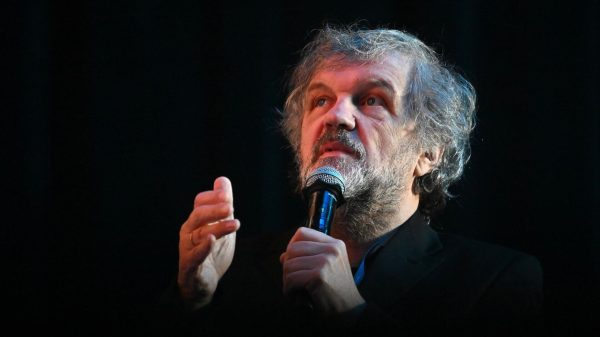
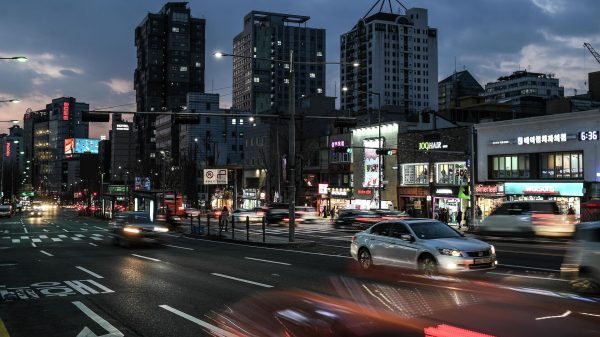





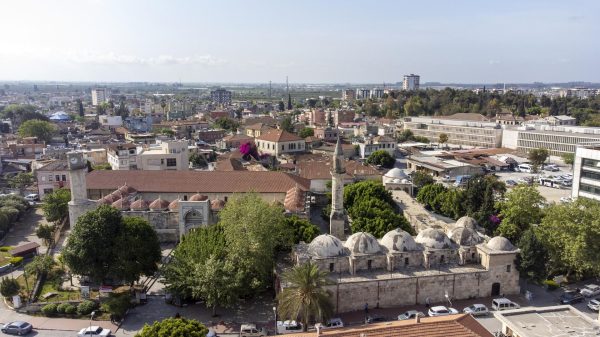

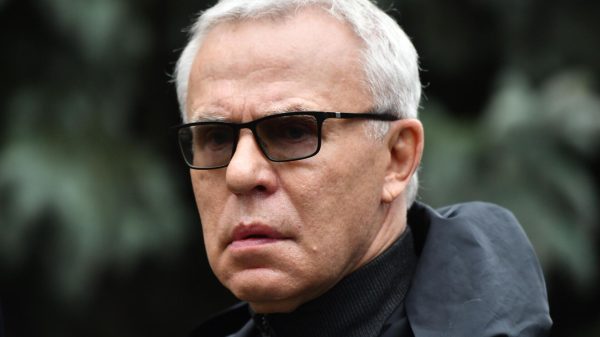



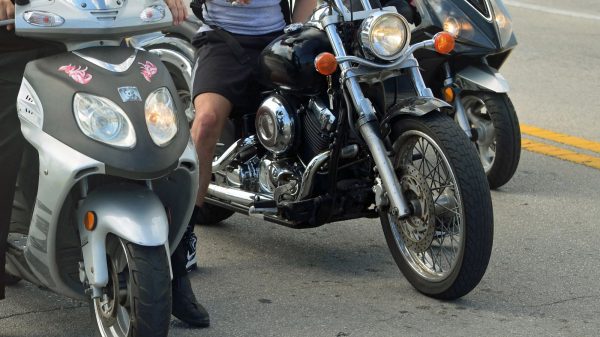
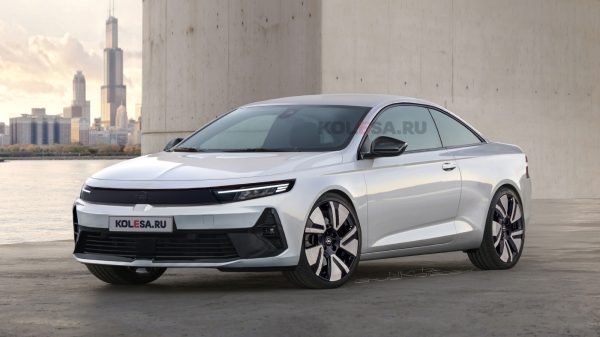























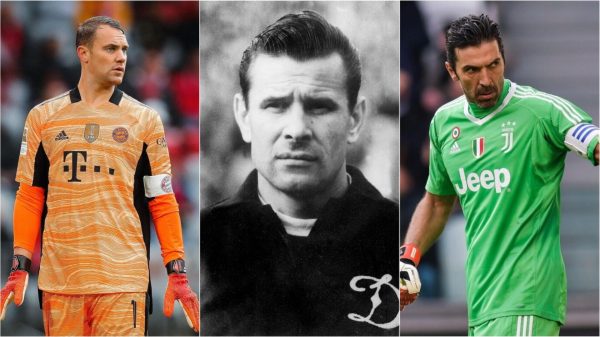
Свежие комментарии